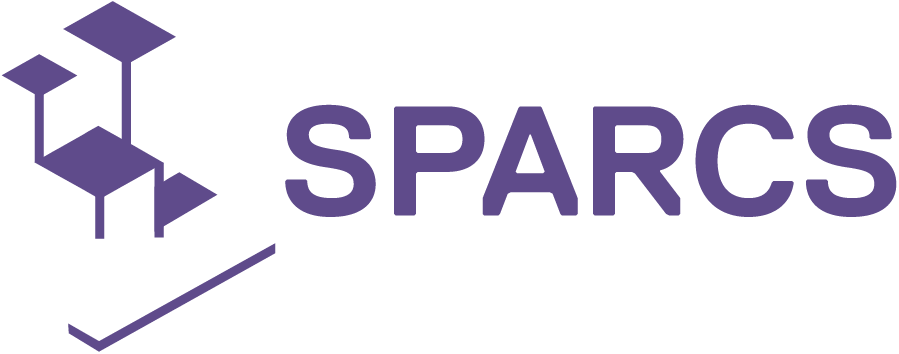SPARCS in TV documentary: Green is the new black
A new documentary made by the public Czech Television outlines the path of the once post-industrial city of Kladno to renewable energy sources and the reduction of carbon production. Kladno has taken steps towards a “carbon-free” city together with the University Centre for Energy Efficient Buildings of the Czech Technical University (UCEEB) thanks to the prestigious European project SPARCS.
A hot slag from the huge Poldi steelworks Kladno was heated into the night, mining millions of tons of coal was daily work. With this in the beginning the document recalls the history of the largest city in Central Bohemia, which meant thousands of jobs, prosperity and system privileges, but also factory chimneys spewing dust and exhalation into the air and industrial plants staining nature with hazardous waste.
Such a picture is now a thing of the past, and the path targeting the clean air and the elimination of environmental burdens has not been easy and is certainly not over. The willingness to move towards an environmentally friendly approach was shown by the city management, among other things, by joining the SPARCS project, which helps Kladno to be one step closer to the planned goals. Kladno wants to show where the Czech Republic could go, according to a Czech Television documentary, which presents SPARCS as a guide on the path to “smart” energy measures, the culmination of which could be a Positive Energy District realization and carbon-free environment accomplishment.
The documentary also introduces the Lighthouse city, Finnish Espoo and German Leipzig, who are an inspiration for Kladno in terms of modern energy solutions. “We have been working on sustainability for decades and we are proud to be leaders in the SPARCS project. If you want to prove something, you have to involve residents, entrepreneurs, researchers, schools and various non-governmental organizations,” comments Elina Wanne from Espoo.
The Kladno coordinator of the SPARCS, David Škorňa, introduces the sports area Sletiště which has the potential to become the first Positive energy district. It includes dozens of buildings for sport, a university and residential building or the ice-hockey arena. One of the initial measures is the replacement of a roof of the ice-hockey stadium, which will take place this year and which will reduce the cost of heating the building by about 20%.
The employee of the city responsible for digitalization, Matěj Steigauf, also talks in the document about the current smart city projects in Kladno, especially smart sensors and data in the city IT platform, for which the city received a prestigious award last year.
The documentary also presents other energy innovations for the “green” future, such as solar systems enabling, for example, additional production from agricultural fields or revolutionary battery systems
“Kladno wants to be green, and that’s great. This is good news for young people,” concludes the documentary Jaromír Jágr, one of the best ice-hockey players in the World history (still playing captain for Kladno Knights team).
The documentary could be seen HERE.

